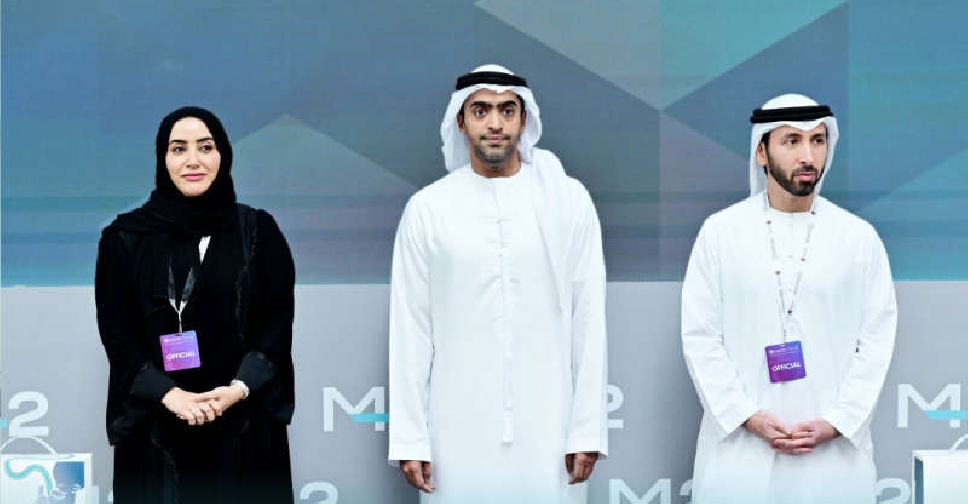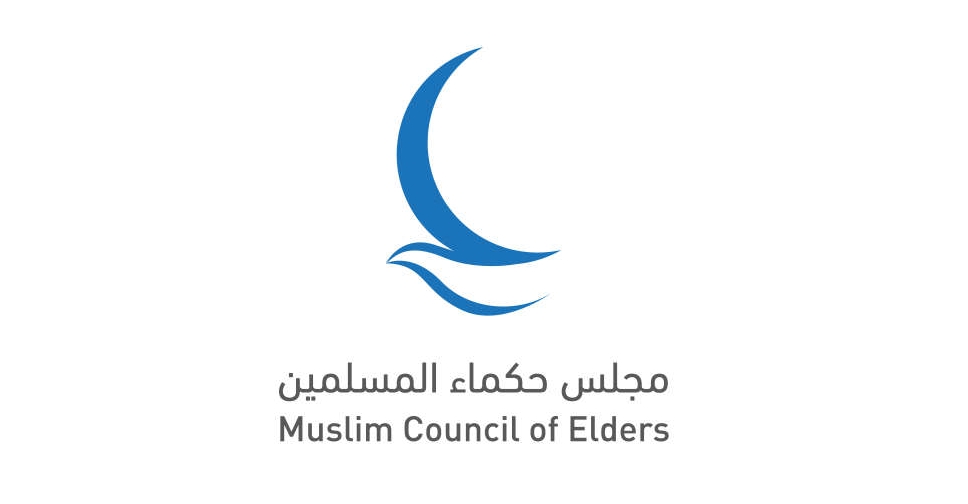
Environment Agency – Abu Dhabi (EAD) has completed the first-ever Atmospheric Research Expedition in the Arabian Gulf on board its marine research vessel Jaywun.
The expedition undertook a comprehensive examination of the transportation and the subsequent transformation of hydrocarbons and nitrogen oxides.
It also sought to assess how pollution from the Arabian Gulf is transported to other regions and to evaluate its contribution to the formation of ozone in the UAE.
The data collected will help policymakers implement measures to control and regulate emissions and will further improve atmospheric and air quality model accuracy to track the impact of emissions across the Arabian Gulf.
"The research and data obtained from this expedition will also benefit Abu Dhabi in several ways. Firstly, Abu Dhabi experiences high levels of ozone, and this study will help determine the extent to which this pollution is transported within the emirate," said Faisal Hammadi, Executive Director of Environmental Quality Sector at EAD.
"Furthermore, the data collected will be combined with the existing extensive atmospheric monitoring network established across Abu Dhabi," he added.
Full expedition results are expected in 2024.
.@EADTweets has completed the first Arabian Gulf atmospheric research expedition aboard marine research vessel Jaywun, gathering ground ozone and emissions formation data in Abu Dhabi waters, in collaboration with @CyprusInstitute and @MaxPlanckChem. pic.twitter.com/c8t0UbFrMl
— مكتب أبوظبي الإعلامي (@ADMediaOffice) December 26, 2023
The expedition was a collaboration between EAD and the Climate and Atmosphere Research Center (CARE-C) of The Cyprus Institute in Cyprus and the Max Planck Institute for Chemistry in Germany.
In addition, the project received assistance from scientists from the University of Bremen in Germany and the Climate and Environment Sciences Laboratory in France.
The King Abdullah University of Science and Technology (KAUST) in Saudi Arabia will also be involved when the project reaches the model simulation stage.
EAD was the first organisation in the world to conduct atmospheric research from Spain to Abu Dhabi in a marine voyage that covered 25 countries and eight seas and oceans over more than 10,000 km from December 2022 to January 2023, also on board the 50-metre-long Jaywun.
Atmospheric monitoring was conducted across eight major bodies of water: Atlantic Ocean, Mediterranean Sea, Gulf of Suez, Red Sea, Gulf of Aden, Arabian Sea, Sea of Oman, and Arabian Gulf, and covered three continents: Europe, Africa, and Asia.
The EAD research vessel was fitted with advanced monitoring equipment supplied and operated by researchers of CARE-C of The Cyprus Institute and the Max Planck Institute for Chemistry.
More than 22 parameters were monitored, including air quality regulated parameters, greenhouse gas concentrations, volatile organic compounds and aerosol properties.



 UAE survey to address health and nutritional challenges
UAE survey to address health and nutritional challenges
 UAE President awards Indonesian defence minister Order of Zayed
UAE President awards Indonesian defence minister Order of Zayed
 Abu Dhabi to launch the region's first biobank
Abu Dhabi to launch the region's first biobank
 Abu Dhabi markets free of non-Halal Mars products
Abu Dhabi markets free of non-Halal Mars products
 ERC unveils new phase of projects for earthquake-affected Syrians
ERC unveils new phase of projects for earthquake-affected Syrians
 Watch: Smart marine scraper keeps Dubai's waters clean
Watch: Smart marine scraper keeps Dubai's waters clean
 Muslim Council of Elders commends UAE's rejection of Israeli PM's statements
Muslim Council of Elders commends UAE's rejection of Israeli PM's statements
 Fog warning issued to Abu Dhabi motorists
Fog warning issued to Abu Dhabi motorists



